The best phablets in the world 2016 – reviewed
Prepare your puny pockets: the world’s greatest bigphones are here to stretch your trousers

You can put away your tablet and lose that laptop: your next smartphone will be big enough to battle them both.
Gone are the days when mobile phones meant mini phones. Like TVs and Greece’s deficit, on-the-go talky-boxes are only getting bigger – and, in 2016, a better bigger has arrived.
With an average display diagonal of 5.7in, this is pocket-stuffing hardware for multitaskers, in a world where big devices still need to perform like glass-and-metal slabs half their size.
OK, so the palm-filling phablet concept has been around for a couple of years, but the current crop of big-screen, slim-body machines is the most desirable ever to hit the shelves.
What’s more, in this clash of oversized titans it’s all up for grabs. Old favourites have faltered, new pretenders have arrived and edgy offerings have sliced their way to the very front. Who’ll take the giant crown?
Meet the contenders
See how they stack up › Stuff’s top 10 smartphones
Nexus 6P (From £415)
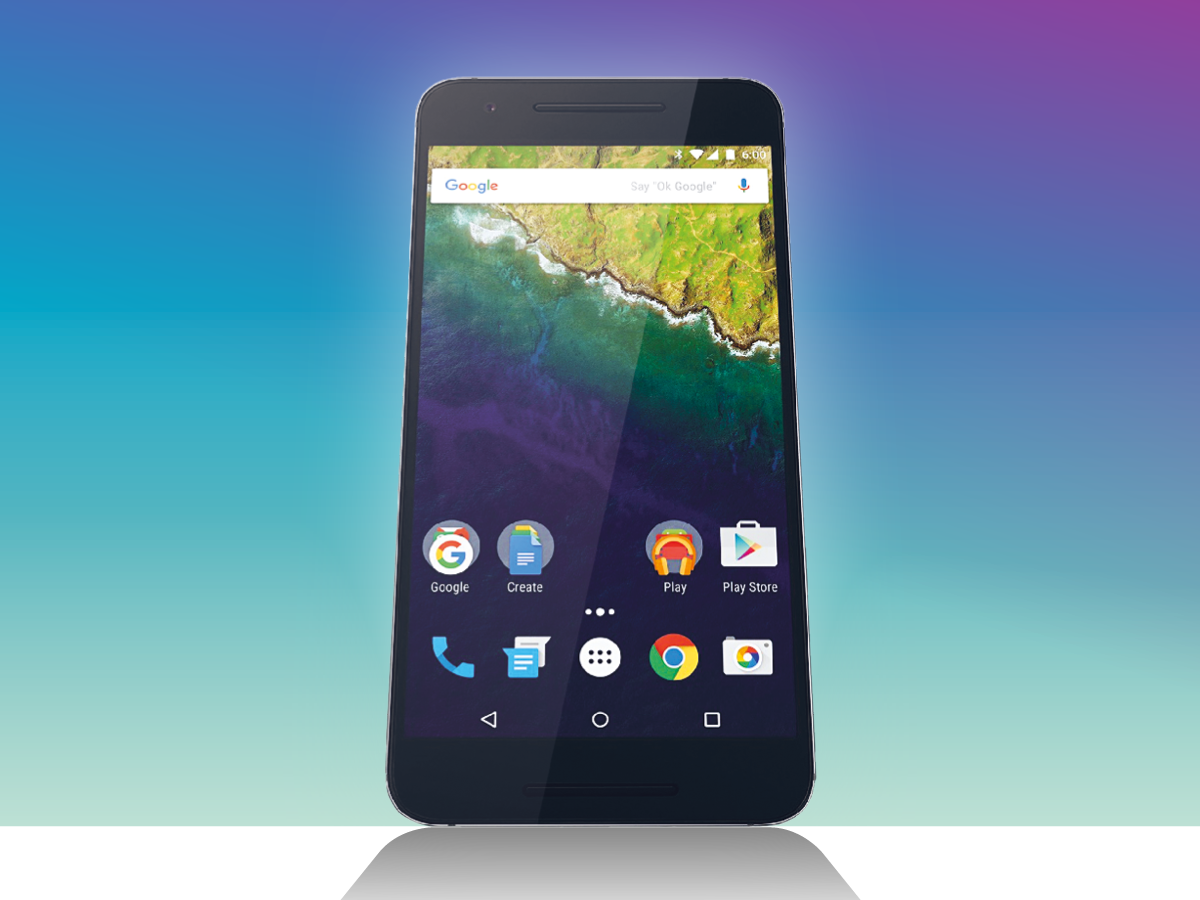
This is a phone of no compromise. If box-ticking alone were a measure of mobile greatness, the 6P would win this battle hands down.
Despite being cheaper than the rest of the phablet pack, it doesn’t sacrifice the slick-running skills synonymous with Google hardware. There are some serious specs in the 6P’s slender shell.
Its software is bloat-free, making light work of vanilla Android Marshmallow – as well as getting all the good bits, such as Google Now on tap. Combining the liquid feel of Lollipop with the responsiveness of KitKat, it’s extremely nippy.
In contrast, battery life is distinctly ordinary. Despite a hefty 3450mAh cell, the thirsty Snapdragon chip that runs the 6P puts paid to anything more than a day from one charge. Thankfully, the presence of USB-C means quick-charging to full in less than than 2hrs.
Still, at least it looks good. Huawei used to make some fairly awkward-looking phones. Not so with the 6P: it might not be as stunning as the Samsung, but it’s smart-looking.
At just 7.3mm thick, the aluminium body makes it a manageable bit of kit, even if the glass-covered ridge on the rear spoils its slimline status. Beware its easily scratched dark outer finish, though.
What’s more, while you’ll need two hands to tote the 6P, it’s not the thumb workout the Nexus 6 was. With all on-body buttons placed on the side and a fingerprint scanner on the rear, it’s a pretty successful piece of phone Tetris.
Elsewhere, two front-facing speakers add to the 6P’s entertainment credentials: they’re a decent-sounding duo with a stellar stereo effect and plenty of volume.
The detail
Get the lowdown › Stuff’s full review of the Nexus 6P
Stuff says: ✭✭✭✭✭
Relative convergence › Google Nexus 5X review
Apple iPhone 6s Plus (from £620)
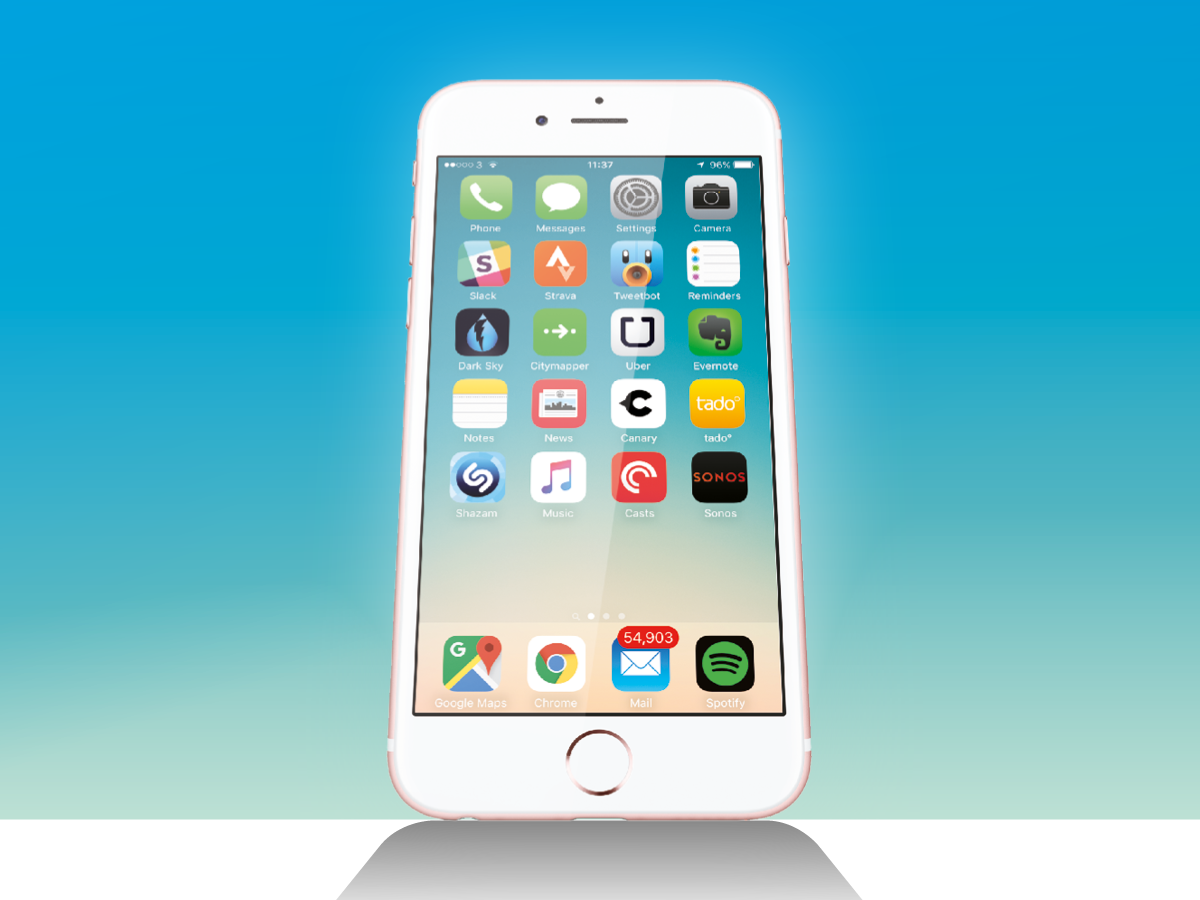
Think you’re seeing double? Apple might have upgraded the internals of the iPhone 6s Plus, but there’s nothing new to look at: it’s Cupertino glass and metal to a tee – and virtually identical to its predecessor.
In the flesh, although the 6s Plus’s 5.5in screen isn’t the biggest out there, you’ll still need substantial mitts to comfortably use it.
Movie lovers might also balk at the 401ppi display resolution, which leaves the 6s Plus lagging behind the hi-res phablet pack, while non-expandable, highly priced storage can be crippling.
What makes the 6s Plus stand out is 3D Touch, Apple’s pressure sensitive touchscreen tech that can feel the firmness of prods for nifty navigation via pop-up menus and quick previews. Once reserved for MacBooks and the Apple Watch, its move to mobile means seriously superior interactivity.
The tap-happy functionality does mean the 6s Plus has gained 49g thanks to the thicker glass required but, if anything, the added heft is reassuring. So, too, is the 7000 series aluminium that now bolsters the iPhone’s chassis to banish any repeat of the dreaded ‘bendgate’ scandal.
Touch ID has also had an upgrade, making for blazingly fast smartphone security. Even with clammy hands, its improved sensitivity means you’ll be in your phone before you know it.
Elsewhere, despite having had 5% shaved off its battery, the Plus can eke out the juice over an impressive number of hours, with iOS 9‘s Low Power Mode kicking in when things get serious. There’s no quick charging, but the 6s Plus can comfortably last the day ready for a top-up at bedtime.
Get the lowdown › Stuff’s full review of the iPhone 6s Plus
Stuff says: ✭✭✭✭✩
Something smaller › 11 things you need to know about the Apple iPhone SE
Samsung Galaxy S7 Edge (From £640)
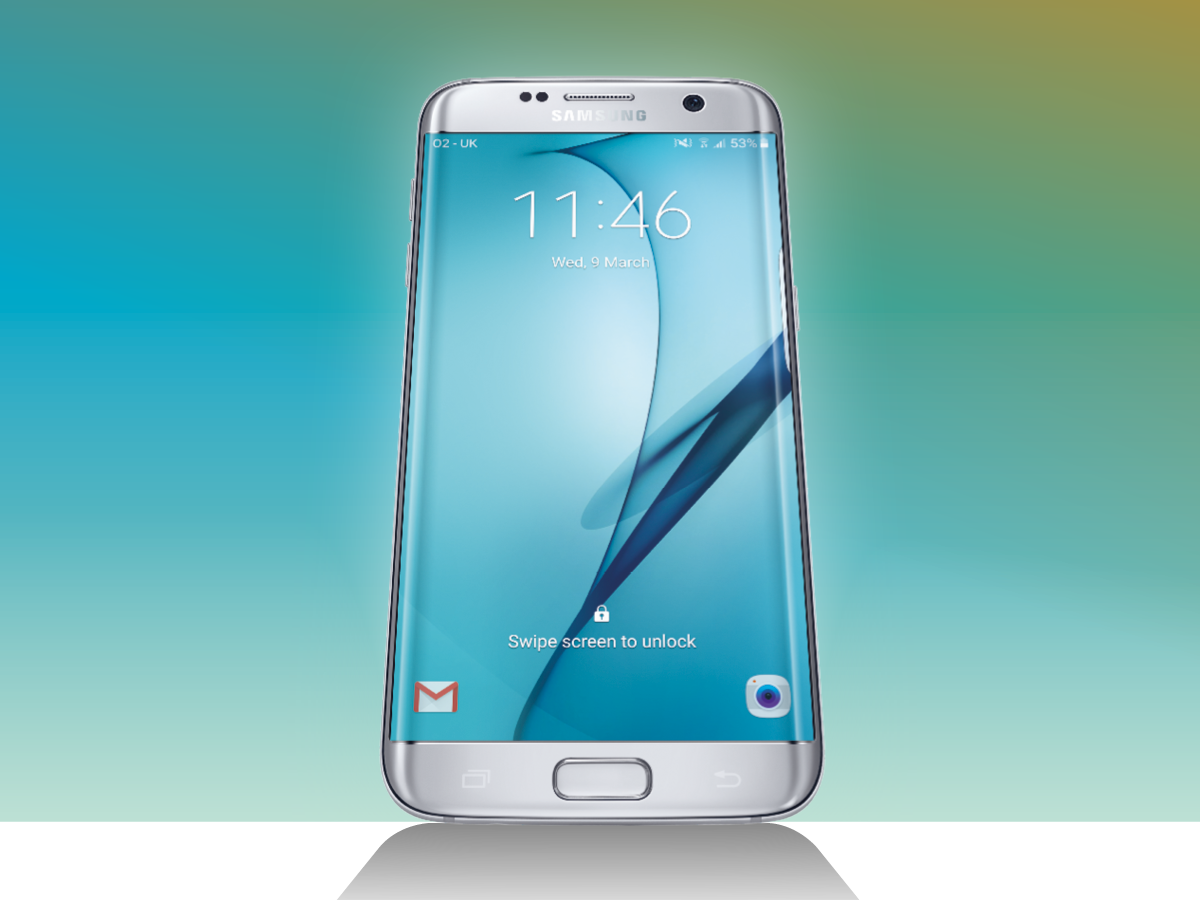
As the successor to our Gadget Of The Year 2015, the Galaxy S7 Edge’s core concept remains unchanged: it’s the S7 for really, really, ridiculously good looking people.
Design-wise, the S7 Edge looks pretty much identical to its predecessors, sliding in at a slender 7.7mm and a marginally heavier 157g over the standard S7. It’s eminently comfortable to hold, while its 2.5D glass feels particularly luxe.
This flagship Galaxy is rocking a larger screen than its cheaper cousin, and can do even more with its audacious curves: you’ll get an extra row of icons from which to text your mum, skip to your favourite app and take a compass bearing. Samsung: always offering the essentials.
The handiest aspect of the Edge’s screen is its always-on ability. As with the S7, it’ll show you the time, date and your remaining battery life – as well as any notifications from Samsung’s own apps.
Things are similarly nifty when it comes to the Edge’s operating system: running on the slick Android 6.0 Marshmallow with Samsung’s TouchWiz UI overlayed on top, you can dispense with almost all of Samsung’s widgets in favour of Google’s Now Launcher, for an OS experience that’s as clean and streamlined as the Edge’s curves.
Elsewhere, the S7 Edge excels in the stamina stakes. With a huge 3600mAh battery, this Galaxy gives you more juice than both the Nexus 6P and OnePlus 2, while it absolutely trounces the iPhone 6s. In practical terms, you’ll happily squeeze out a day and a half before needing to plug it into its fast charger – which will restore the Edge in just 80 minutes.
Better still, Samsung has added a microSD card slot and IP68-certified water-resistance to the Edge. Sure, you could quibble with the lack of USB-C, but the Edge is undoubtedly a handset for both head and heart.
The detail
Get the lowdown › Stuff’s full review of the Galaxy S7 Edge
Stuff says: ✭✭✭✭✭
The Edge’s cheaper cousin › Samsung Galaxy S7 review
LG V10 (£450, import)
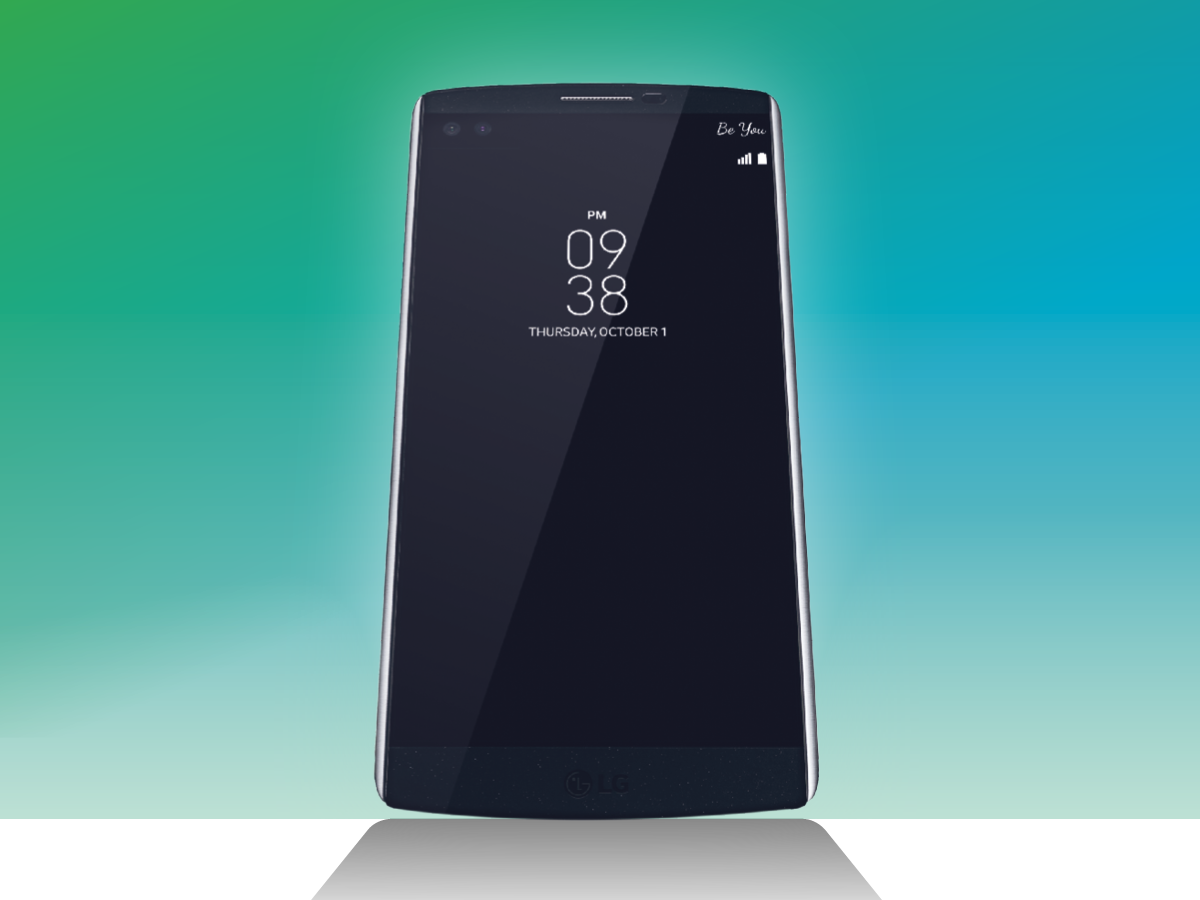
In a smartphone world of same-same styling, the LG V10’s duality is deserving of a double take. As well as luxe looks and top-of-the- line specs, it offers a pair of front-facing cameras and two touchscreens.
Yep: along with the 5.7in QuadHD pearler that fronts the V10, there’s a 2.1in display bar at the top. When your phone is off, this second screen stays on to serve as a tiny notification centre. When awake, it gives access to five of your recently used apps, favourite contacts, music controls and more.
As heavyweight handsets go, the V10 is a truly big phone, weighing in at a significant 192g – though its Dura Skin textured coating secures it in even the sweatiest of paws. This is good news as you fumble for its rear-mounted fingerprint scanner, as well as protecting it from everyday bumps, drops and scrapes.
Unfortunately, LG’s new flagship does have a tendency to run out of puff at inopportune moments, with its battery frequently falling short of a full day’s worth of comfortable use. Fast-charging tech does, though, mean it’s back to full after just over an hour at the socket.
Still, while this dual-display giant will cost you around £100 more than a leather-backed LG G4, for old-school feature fans it’s one of the few phablets around that packs both a microSD slot and a removable battery. Talk about a mobile mammoth.
Even better, with not one but two 5MP cameras on the front, the V10 is able to capture shots in 120-degrees, making it the ideal phablet for stellar group selfies.
The detail
Get the lowdown › Stuff’s full review of the LG V10
Stuff says: ✭✭✭✭✩
Modular mobile › LG G5 review
Huawei Mate 8 (£430)
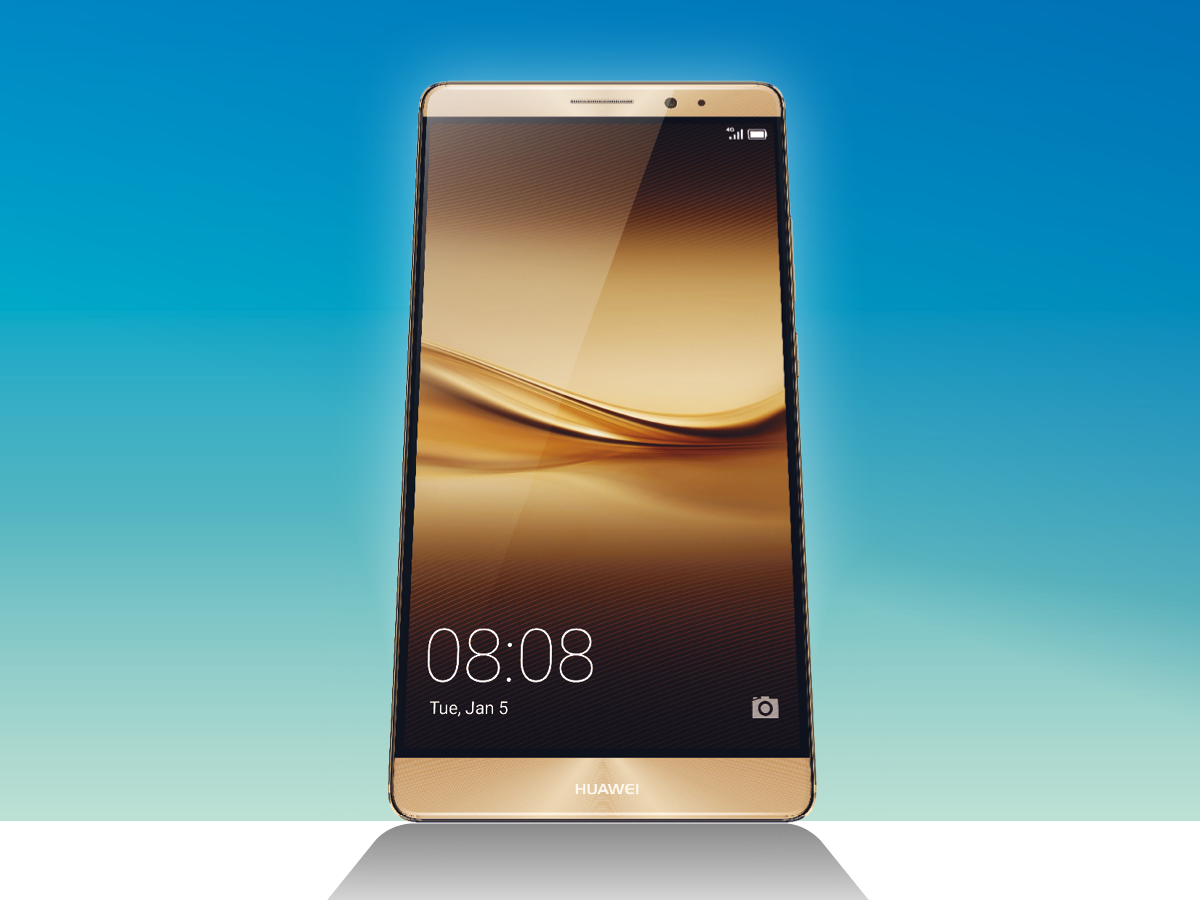
We’ve been saying for years that you should take Huawei seriously and the Mate 8 shows exactly why. With a whopping 6in screen and a very slim profile, Huawei’s huge flagship is a mostly metal affair that looks and feels expensive.
Plastic bits do add unwanted clutter to the otherwise classy look of the Mate 8, but bevelled metal edges and curved extremities of the screen glass make up for it. It’s not loaded with the kind of quirks that might give it a strong design personality, but it’s classy, and there’s very little excess bezel.
There are a few neat hardware bits, too. The SIM slot takes two nano cards or you can trade the second one for a microSD slot. You also get a very good fingerprint scanner on the back.
Annoyingly for some, the Mate 8 utilises Huawei’s Emotion UI. Replete with oddities and missing Android Marshmallow’s excellent app menu and general briskness, it is, thankfully, less cluttered than previous iterations – and properly customisable.
Old-school media hoarders in the market for surprisingly slim big-screen thrills will revel in the sheer amount of screen on offer, even if it’s only at 1080p. More tablet than phone, the Mate 8 is terrific for browsing, watching videos and gaming – especially with the satisfyingly full and thick sound produced by its speakers. You’ll want to type with two hands – but that goes for any phone over 5in.
Under general usage the 8 also lasts longer than many big-brand phablets, easily surviving for two days on a single charge. Despite losing out by 100mAh to the Mate 7’s capacity, it beats its forerunner hands down. So if stamina means a lot to you, the Mate 8 is hard to beat at this level.
The detail
Get the lowdown › Stuff’s full review of the Mate 8
Stuff says: ✭✭✭✭✩
Watch this space › Huawei Watch review
Microsoft Lumia 950XL (£450)
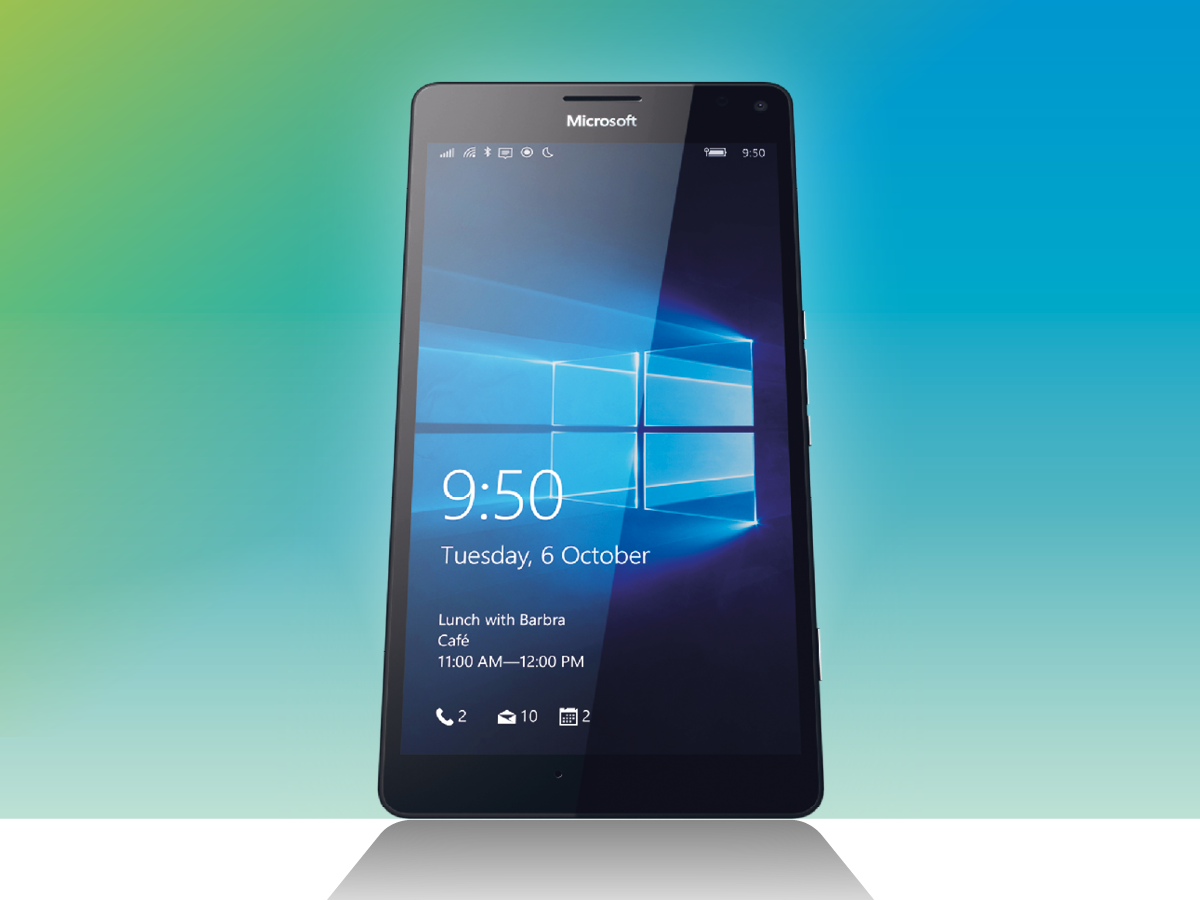
Let’s say you’re the kind of person who cherishes your Surface Pro, can’t wait to get hold of a HoloLens and loves to whip up a quick spreadsheet on your morning commute. Firstly, it’s time to get out more. Secondly, you should still think twice about owning a Lumia 950 XL.
Microsoft’s flagship phablet is a decent enough phone, but it can’t hold a candle to the competition here. Why? You guessed it – the Windows 10 operating system it’s running on.
As with every other Windows Phone, there just aren’t enough apps to take advantage of that souped-up screen. Those apps that are available are often slower and less capable than the iOS and Android versions.
Whilst you can get your Office fix courtesty of Microsoft’s swift-working suite, you can’t post videos on Instagram, for example – even though this feature has been available for almost three years elsewhere.
And the 950 XL is pretty uninspiring to hold. At 165g it’s light enough, but that’s largely thanks to its boxy plastic casing – something that doesn’t exactly scream ‘premium’.
Despite its generous 3340mAh battery, the 950 XL doesn’t offer much stamina, either. You’ll have to hook it up to a USB-C charger before clocking off to sleep.
It’s not all bad – its underlying hardware is sound, and with a Microsoft Display Dock (£80) you’ll be able to hook up the 950 XL to a display like a plug-in PC. Nevertheless, this phablet fumbles its software fundamentals.
The detail
Get the lowdown › Stuff’s full review of the Lumia 950XL
Stuff says: ✭✭✭✩✩
The last Lumia › Microsoft Lumia 650 review
Phablet supertest – the winner
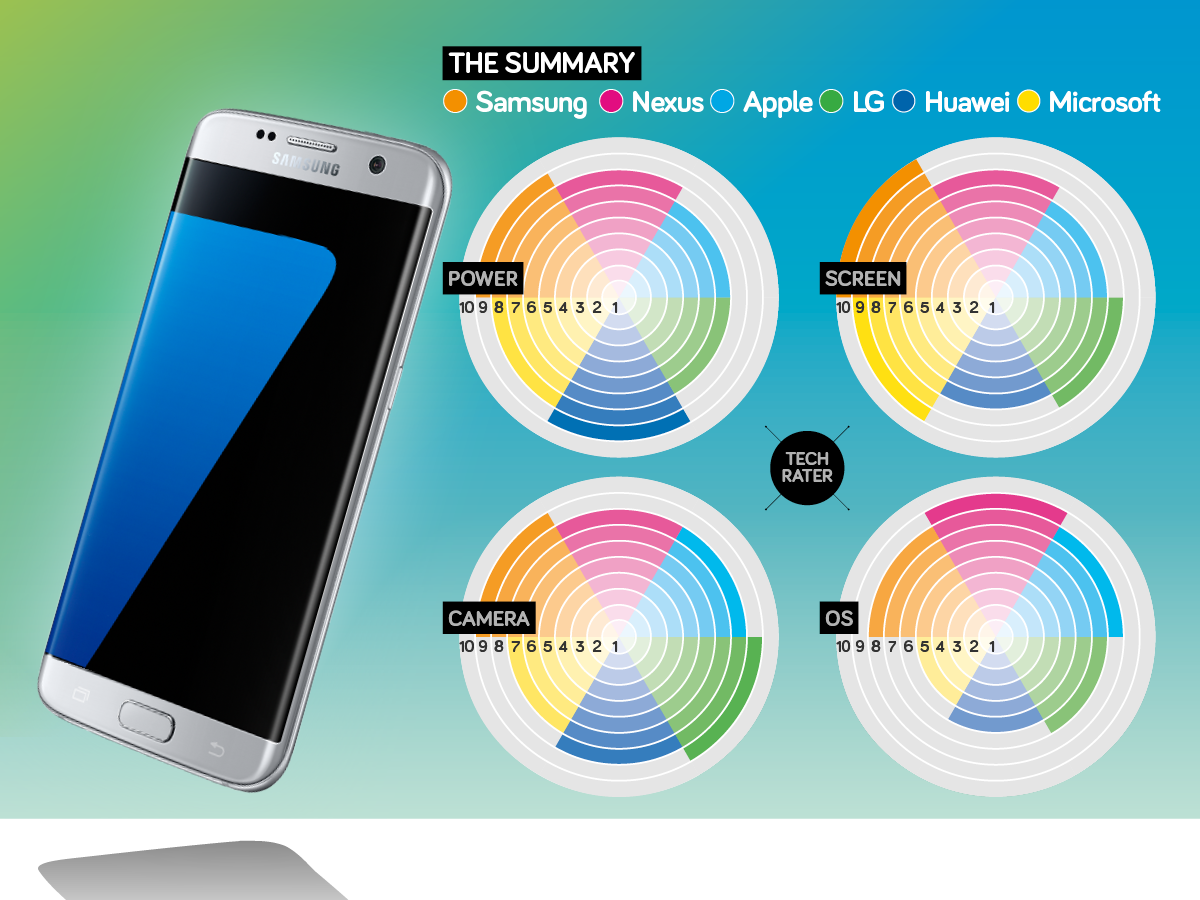
There might be more to life than mere aesthetics, but there’s no denying that Samsung’s Galaxy S7 Edge is a sublime bit of kit – and arguably the best phone in the world right now.
Bigger and bolder than ever before, it takes everything that was excellent about last year’s S6 Edge and packs in some genuinely useful features to go with its Fancy Dan visage.
Chief among these is a whopping great battery life that can withstand even the most demanding of smartphone users. And its expansive, pin-sharp display ain’t half bad, either.
Sure, it’s certainly not for frugal folk: at around £150 more than the standard S7 on contract, it’s certainly an indulgence.
But, when you’re going to have to spend two years staring at the thing, why not plump for the smartphone that guarantees you love at first sight? If you’ve got the cash to burn, then this Samsung is a smartphone worth flaunting.
The final scores
Now add these
SwiftKey Keyboard (£free, Android, iOS) ★★★★★
A smartphone the size of a surfboard is great for pleasing your eyes, but not so much your thumbs. SwiftKey to the rescue! You can resize and undock your keyboard, stash it in a corner, or tear it in two and weld it to your display’s edges. And it does that ‘scribble to write’ thing.
Procreate Pocket (£2.29, Android) ★★★★★
A sketching app for artists, Procreate Pocket’s beautiful interface is laden with responsive tools, configurable brushes and pressure sensitivity. Great with finger and stylus alike, the app will record every scribble, so you can show off how you created your work as HD videos.
Snapseed (£free, Android, iOS) ★★★★★
Any photo-editing app is going to be a lot nicer to use on a larger display, but Snapseed really does feel like it was designed for bigger screens (it started life on the iPad). Its swipe-based adjustment controls are superb on a phablet, and nondestructive filters and edits make this a hugely powerful freebie.
Star Walk 2 (£free, Android, iOS) ★★★★✩
With twinkly stars and ambient music, Star Walk 2 goes a bit overboard on hippy vibes, but it’s excellent for exploring the heavens. A large display adds to the experience as you chase the ISS, watch constellations glow and go all ‘special FX’ with a time travel mode that creates star trails.
PowerDirector (from £free, Android) ★★★★✩
No-one wants a 30-minute HD epic of your ‘amusing’ cat. PowerDirector brings desktop-like video editing to mobile, and you’ll be grateful for the screen space when perfecting your Scorsese-influenced Goodkitties. An IAP enables watermark-free exports.
Lara Croft GO (£3.99, Android, iOS) ★★★★★
Turning Tomb Raider into a turn-based puzzler was a slice of genius. You still get tension and challenges, but without the control difficulties. On a larger display you can enjoy the visuals, and avoid your thumbs getting in the way, so Lara won’t end up in a snake’s gaping maw.
What’s next?



